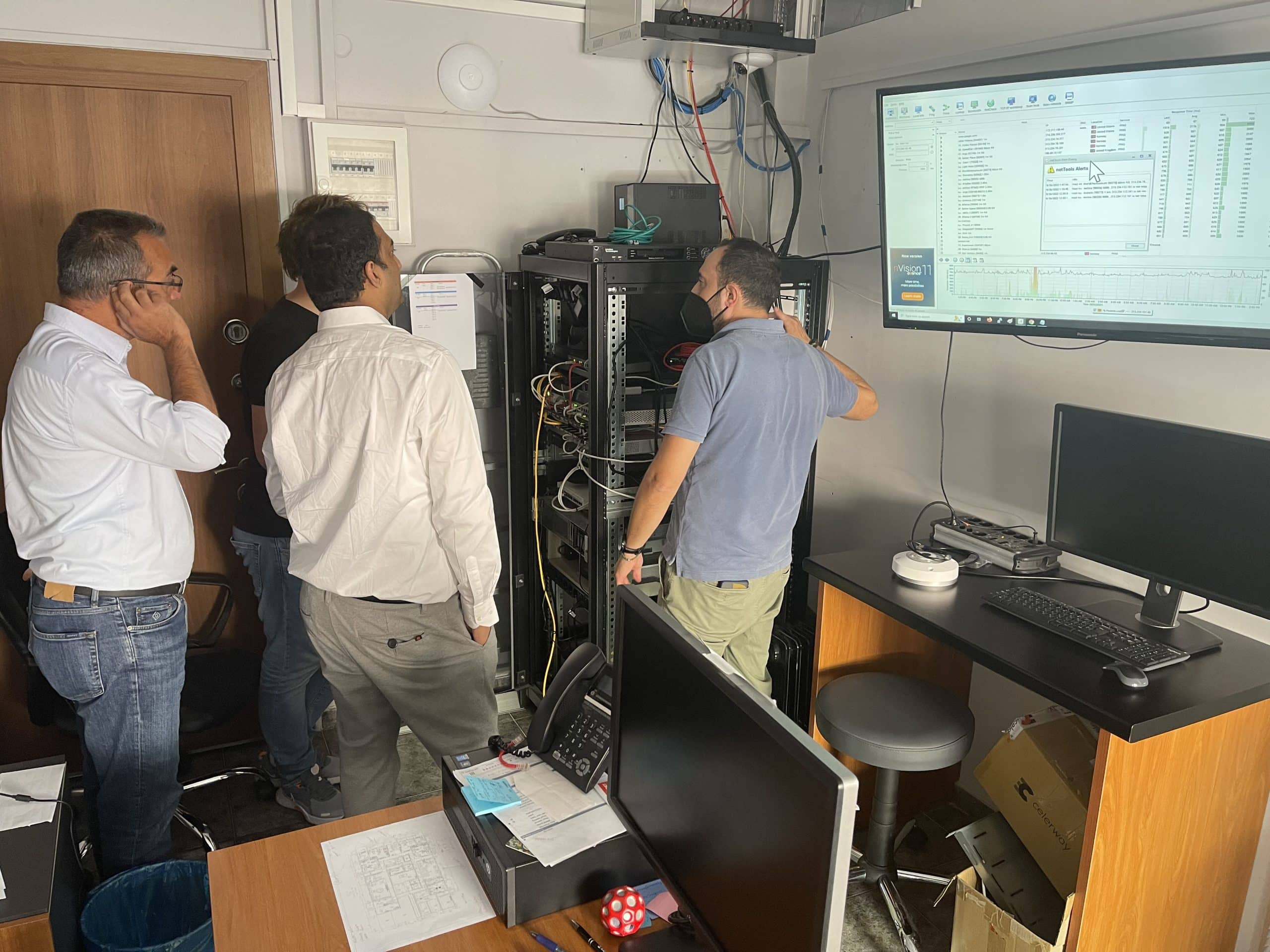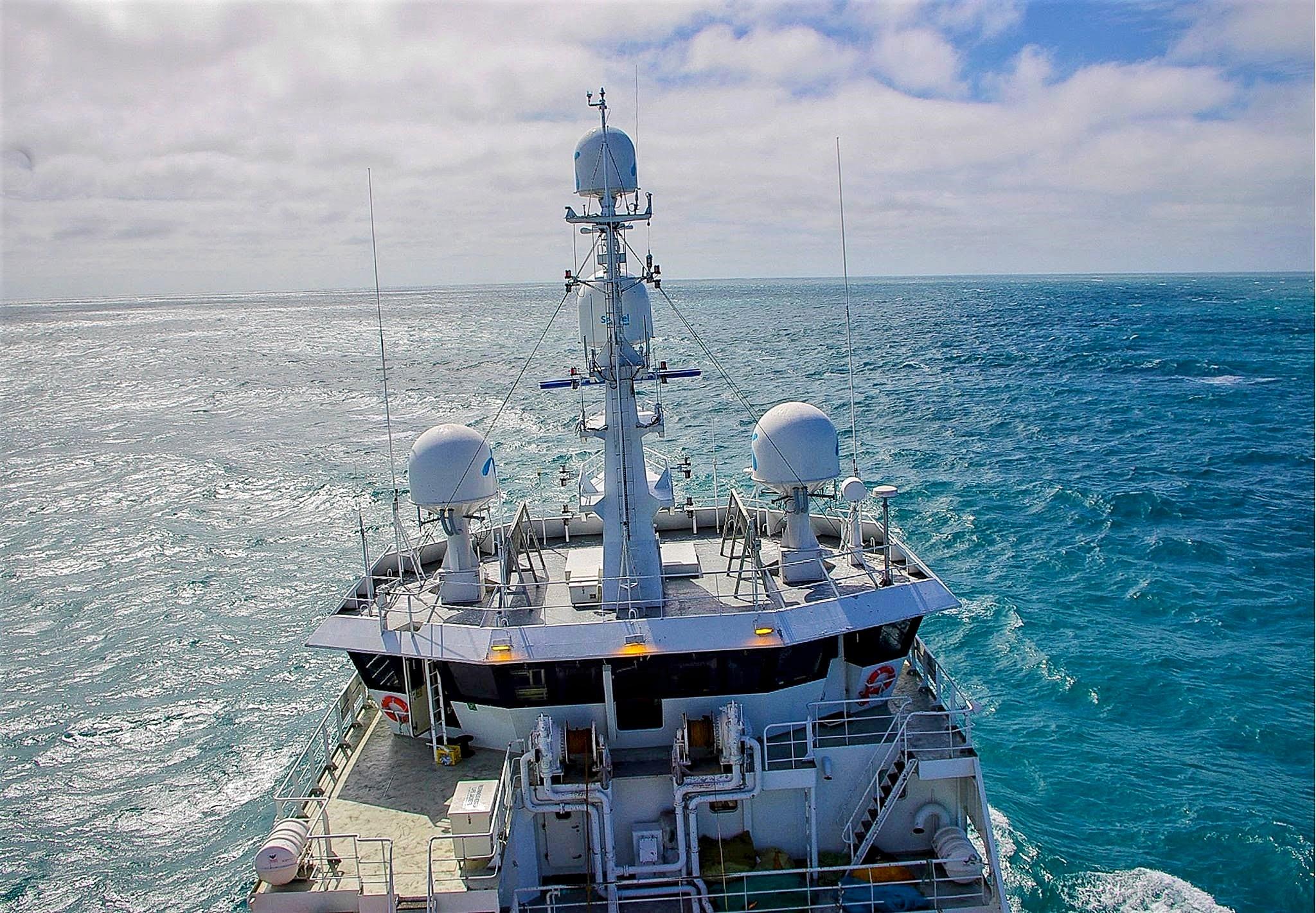
As a result of a longstanding partnership with Telenor Maritime, Space Norway has successfully provided connectivity for the IONA, the largest cruise ship commissioned by P&O Cruises and owned by Carnival Cruises.
A first for P & 0 and a first for Space Norway!
Representing a first for P & O Cruises, IONA was the largest cruise ship commissioned for P&O by owner Carnival Cruises at the time of its delivery in October 2020. Additionally, it was a first for Space Norway in delivering ongoing connectivity for a cruise liner of this size. Featuring a unique glass ‘sky dome’, the ship can carry 5206 passengers and operates with a crew of 1762. This means there are approximately 7000 people onboard at any one time, all dependent on the safe and secure running of the vessel. She was also the first LNG-powered vessel dedicated to the British market. As such, she also fits many of the environmental requirements of modern ships.
IONA is put through her paces with connectivity from Space Norway
As with all new builds, the ship underwent sea trials which took place over the course of a few weeks when systems were checked. The sea trials proved to be very successful, so Telenor Maritime was appointed to provide connectivity services for the ship. They subsequently gave the contract for the supply of satellite communications to Space Norway whose THOR satellite would support IONA’s operational needs.
Space Norway’s Director Data Services division, Jan Hetland, explains that the close working relationship between all parties was a key component to the success of the switch to the new, Space Norway service from the company which had supplied connectivity during the trials. “We are very pleased to be trusted with providing the connectivity for P&O’s IONA. Due to their size and complex operational requirements, these ships require highly reliable communications and a sophisticated network setup. Add to this the fact that service had to be transitioned from the previous service provider literally without interruption as the vessel operates 24/7/365. This was made possible through close technical coordination between Space Norway, Telenor Maritime and Carnival staff, laying the foundation for further projects in the near future.”
Initially IONA was operating standard weekly routes to the Canary Islands but, from the end of April, its itinerary switched further north to the Norwegian Fjords to make the most of the longer summer days.
Northerly route requires a specialist satellite operator
To accommodate the challenging northerly position, Space Norway changed the satellite feed over to its THOR 5 satellite, supported by ground services from the company’s Nittedal Teleport.
Space Norway is currently providing IONA with 170 Mbps (110 / 60 Mbps) through its Anker Managed service on Ku-band on the ST Engineering iDirect Dialog platform. This is part of a hybrid service that includes elements of LEO satellite communications to support customer and crew wi-fi usage and internet browsing. The geostationary service provided by Space Norway covers the critical operational aspects of the vessel including navigation, weather mapping, monitoring, data collection and 4G mobile network – GEOs tend to be more stable and so can provide a more robust service where safety and security are an issue.
The hybrid systems remain in balance as a result of an advanced connectivity platform which makes sure capacity is taken as needed from either the GEO or LEO satellite feeds.
The unique internet challenges of Norway’s rugged coastline
If cruise liners in general impose particular challenges on satellite communications, this is taken to another level entirely when you introduce the geography of the Norwegian Fjords, long, deep and narrow inlets created from the retreat of glaciers and surrounded by craggy mountains. This is where the THOR satellite fleet comes into its own as it has a great look angle from 1⁰ West helping to minimise the shadowing from the southern mountains which would obstruct the sight of the satellite. Space Norway is able to provide the best possible connectivity in these particular circumstances due to the position of the THOR fleet.
A truly robust connectivity service is essential for IONA
Of course, when operating a large and heavily populated vessel such as a cruise liner, there are many demands on the ship that wouldn’t be there on, for example, a cargo vessel. Paying guests expect a luxury experience and so are less forgiving when personal connectivity lets them down. Obviously, safety systems are always paramount, particularly when so many passengers and crew are dependent on a truly resilient service. Space Norway’s unique satellite look angle is supported by two VSAT antennas onboard IONA so that connectivity is ‘always on’.
But it’s not only the operations that are critical, on cruises in general there is a heavy demand for high uptime. Operations are critical but the revenue-generating aspects are equally significant, and clients expect superior QoS without any latency or connection loss when they are onboard.
A successful result for all involved
Although connectivity from Space Norway has been delivered to many passenger fleets with large numbers of guests over the years, this was the first time that the company had provided satellite connectivity outside of sea trials for such a large cruise liner.
“It’s another level of detailing and planning that has been required and we are delighted to say that it has been a positive experience for us and also for P&O’s owners, Carnival. Space Norway was happy to have regular meetings with our client and put in all the necessary resources to ensure a good outcome to the benefit of all concerned.”






















